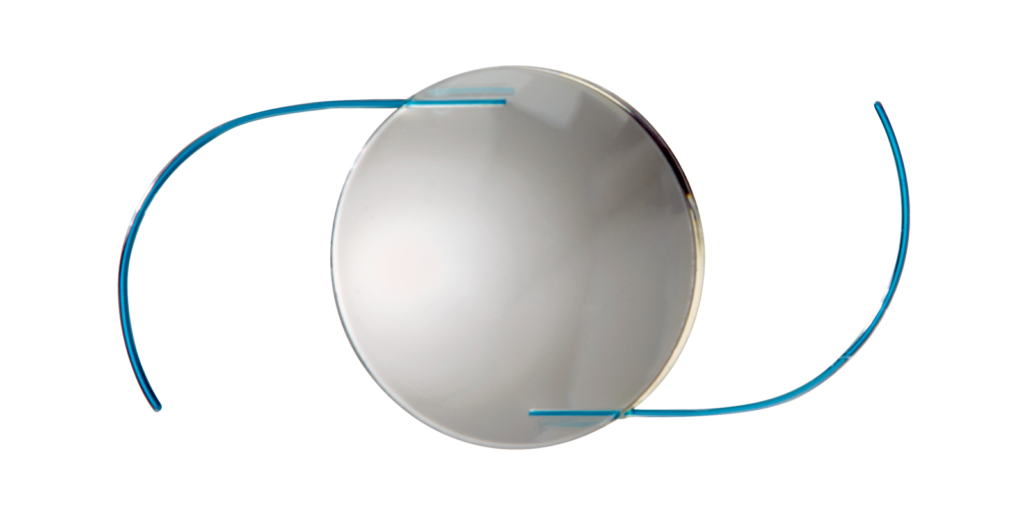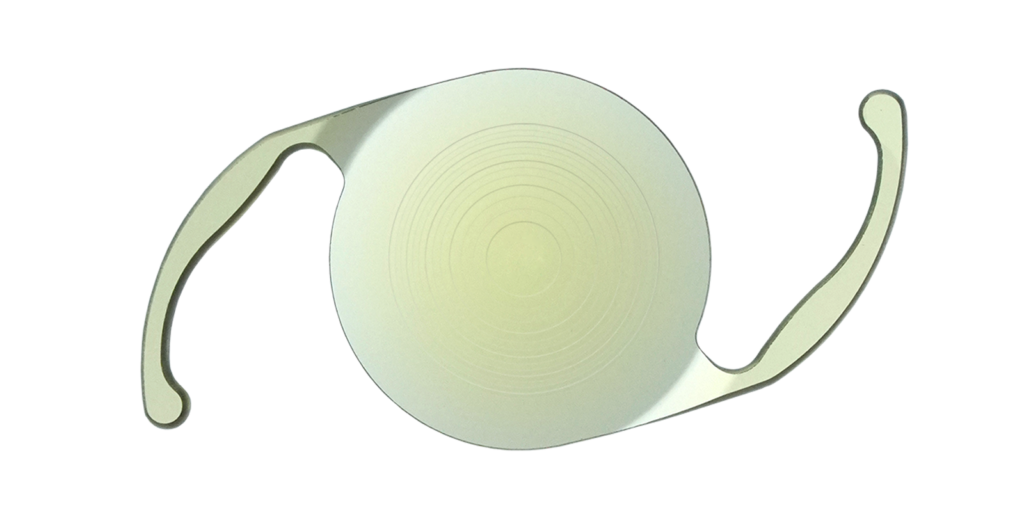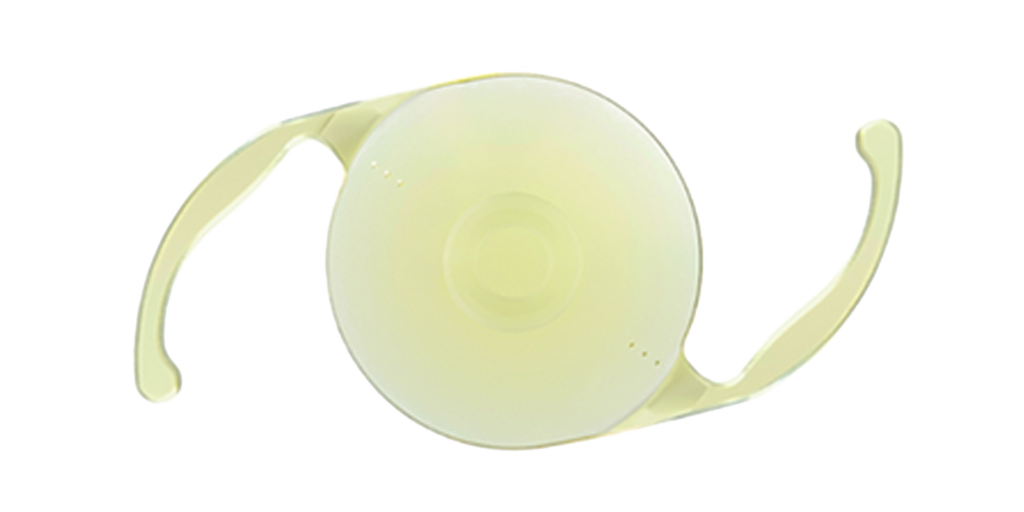Premium Cataract Surgery Philadelphia Surgeon – James S. Lewis, MD
Serving Elkins Park, Cheltenham, Wyncote, Jenkintown, Springhouse, Rockledge, Glenside, Abington, Oreland, Philadelphia, Willow Grove, Flourtown, Gwynned Valley, Horsham, Hatboro, Ambler, and Blue Bell
Our mission is to provide all of our patients with the most advanced pre-operative, intra-operative, and post-operative technology, services, and results. We recognize that not all patients have the same visual needs, goals or expectations.
WHAT ARE MY OPTIONS?
- Option 1:
Wear Glasses for Distance, Intermediate, and Near
If you are satisfied wearing bifocals or trifocals after cataract surgery skip this section.
- Option 2:
Premium Cataract Surgery
With over 5.2 million cataract surgeries performed annually Medicare and the other health insurance companies have limited your treatment options. They will not pay for the correction of astigmatism, ametropia or presbyopia. Astigmatism distorts an image’s focus; ammetropia reduces image clarity and presbyopia blurs intermediate and near objects.
Consequently patients electing standard cataract surgery should expect to depend on bifocals or trifocals to maximize distance, intermediate and near vision. Even if you had perfect distance vision, perfect near vision, or successful monovision prior to cataract development you can not expect this to return after surgery. This may be counterintuitive but it is the reality of cataract surgery.
Fortunately, advances in lens technology and laser corneal sculpting effectively address these limitations. Medicare and the other companies recommend patients seeking a more certain refractive outcome from their cataract procedure pay the supplemental costs.
Premium Cataract Surgery was developed for patients seeking more complete control of their refractive results.
Visual Rehabilitation
Cataract surgery remains one of the most rewarding experiences for both doctor and patient. This painless outpatient procedure is performed under topical anesthesia with sedation administered by a board certified Anesthesiologist. Surgery requires only minutes and vision returns promptly. Our complication rate is less than 0.5%, well below the national average.
Premium visual rehabilitation is a several month process. Once the eyes have stabilized, and YAG capsulotomy is performed, we assess your spectacle-free visual performance. If modification of your refractive endpoint enhances your functionality, we perform excimer laser corneal sculpting. After that, we expect you will achieve your optimal visual state. Rigorous clinical assessment, surgical experience and advanced technology ensures the shortest path to your best vision.
Premium Implants and Premium Results
Not all patients qualify. Suitability for these procedures is determined by additional testing, evaluation and consultation. You must also have a level of expectation consistent with the limitations of both medicine and technology. Vision is quickly restored, however, patience is required as we fine-tune your personalized visual solution.
Financing is available. Cash or check must be received one week prior to surgery. We do not accept credit cards.
RxSight Light Adjustable Lens
Select uncompromised clarity with an IOL that matches your visual requirements.
RxSight’s Light Adjustable Lens (LAL) is customized to your needs. Former LASIK patients achieve the WOW they remember. Monovision patients achieve sharp driving and personalized near vision. Perfectionist obtain the clearest vision without glasses. We were the first and remain the most experienced practice in Pennsylvania to offer this incredible technology. Test drive the LAL and define your visual success. read more
PanOptix Trifocal dominates Cataract Philadelphia
able Lens
Enjoy a glasses-free life, with the most advanced multifocal IOL.
Alcon’s PanOptix implant, a second generation trifocal, provides continuous focus without glasses for tasks like driving, reading and computer use. PanOptix has been available outside the US for a half dozen years and it is driving the premium intraocular lens markets in Canada, Australia and Europe. Our practice uses advanced intraocular lens power calculation methods to select the ideal PanOptix Toric implant for appropriate patient.read more
AcrySof IQ Vivity
Designed to deliver an extended focal range and a monofocal-like visual disturbance profile.
more to come


